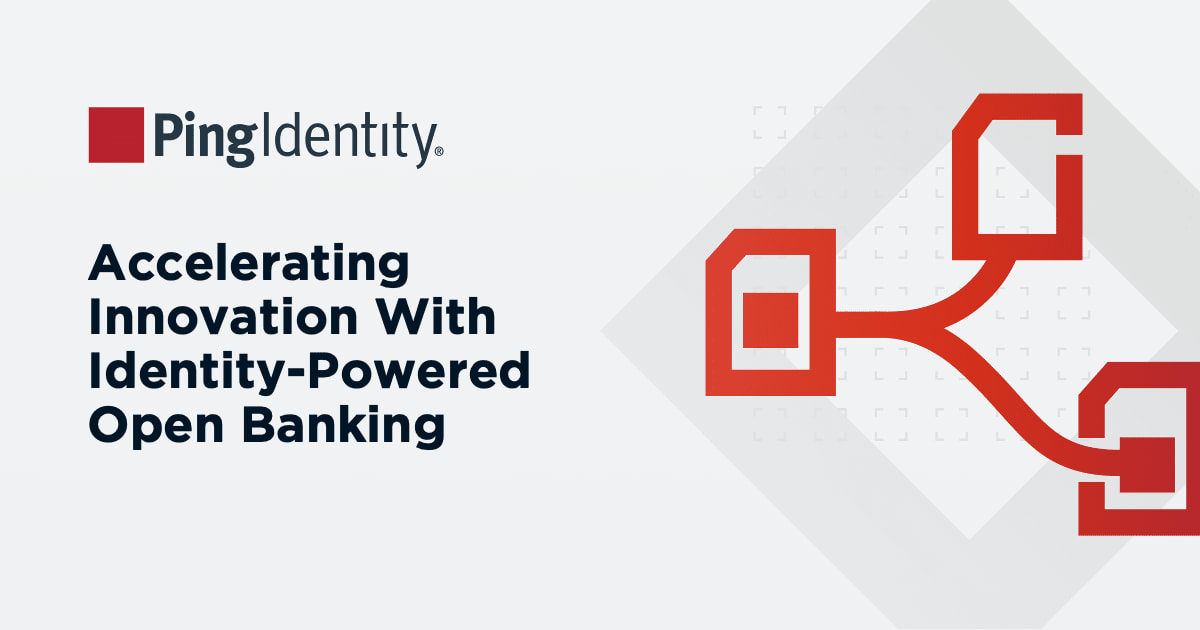Key Takeaways
- Too much access invites trouble—PoLP keeps users, apps, and systems limited to only what they need.
- Privilege creep is silent risk—unused permissions stack up and open doors to attackers.
- Zero Trust needs PoLP—fine-grained, dynamic access is key to stopping lateral movement.
- Apps can overreach too—audit software like users and remove unused or excessive permissions.
- PoLP isn’t set-and-forget—regular audits, real-time monitoring, and credential rotation keep it strong.
The principle of least privilege (PoLP), sometimes called the principle of minimal privilege, is a common sense approach to access control for enterprises. Users, systems and processes should only be given access to the networks, data and other resources required to perform their assigned function, and no more. Failure to adhere to PoLP can lead to massive data breaches.
Privilege Creep Defined
Privilege creep is the gradual accumulation of access rights or permissions by users beyond what they need to perform their job functions. It often occurs when access is not revoked after role changes or project completions, increasing the risk of security breaches or compliance violations. The principle of least privilege aims to fight privilege creep by only granting users the necessary, but needed privileges to perform their given job function.
Unchecked privilege creep not only increases the blast radius of a potential breach, but it also makes detecting malicious behavior more difficult. When users have access to systems they no longer need, unusual activity may go unnoticed because it's technically "allowed" under their outdated permissions. This excess access becomes especially dangerous in the hands of compromised accounts or insider threats.


